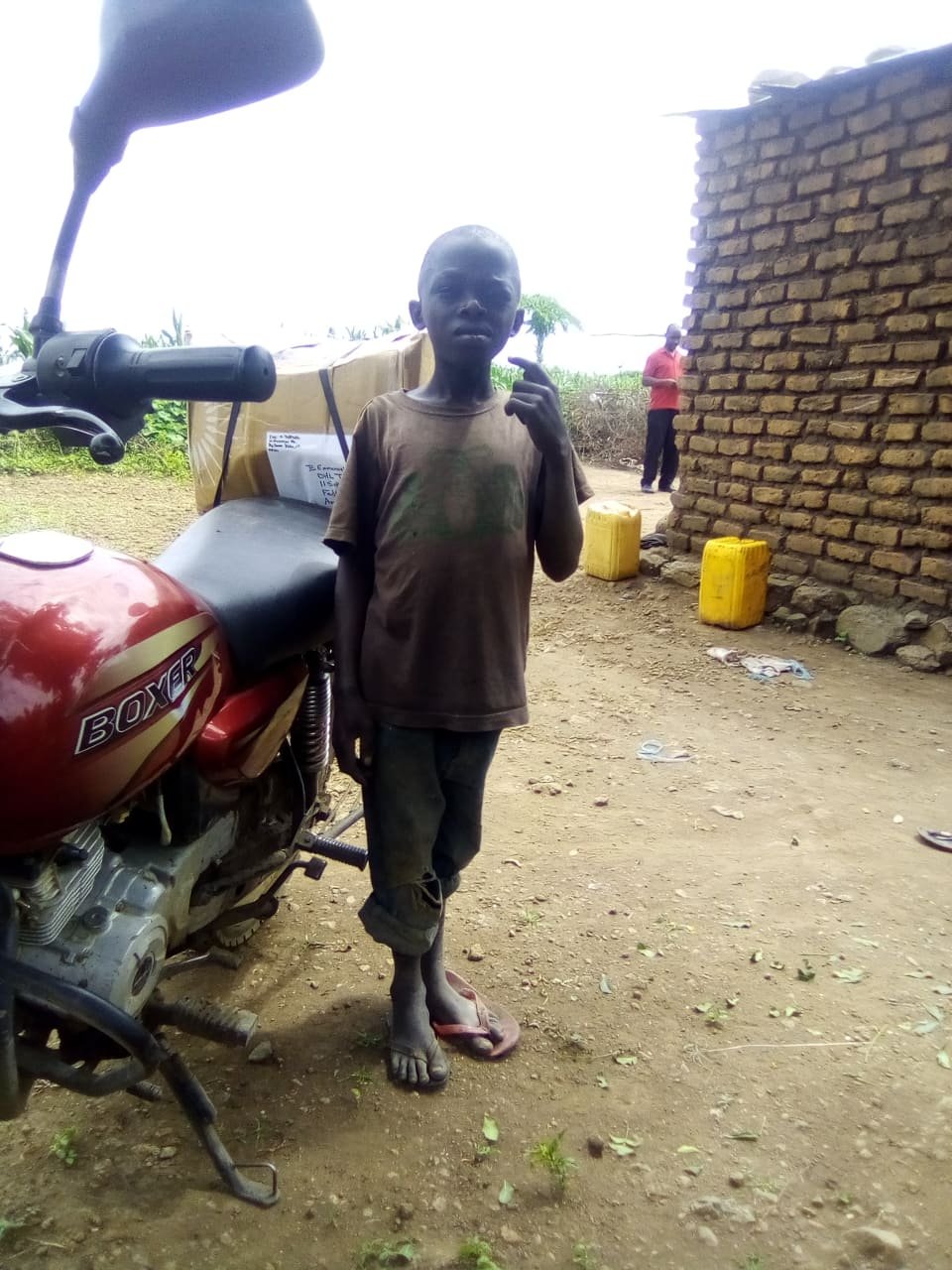In 2030 are we going to miss the SDG 2.2 goals for stunting and wasting ?
Photo Credit © Emmanuel Sarikiel
SDG 2 Primary Goal: END HUNGER
SDG 2.2 By 2030 end all forms of malnutrition, including achieving by 2025 the internationally agreed targets on stunting and wasting in children under 5 years of age, and address the nutritional needs of adolescent girls, pregnant and lactating women, and older persons. [FN1]
It seems it was not so long ago that the developed countries were beginning to congratulate themselves on eliminating the scourge of long-term hunger in least- and less-developed countries. The largest-scale interventions have been performed by international agencies such as USAID, UNICEF, the World Food Programme, the UN-FAO and IFAD. However, in 2016, drought and conflict started reversing the numbers of the long-term hungry, accompanied by rising population numbers for the planet as a whole.
In the five years since that uptick, there have been massive setbacks for poor households that have lost livelihoods because of COVID-19 and have no safety net. Many of these households are additionally facing the effects of conflict and climatic changes, and are in freefall, but as UNICEF reminds us, it is the children in these disrupted poor communities that are at greatest risk: “Children are not the face of this pandemic. But they risk being among its biggest victims, as children’s lives are nonetheless being changed in profound ways. They are expected to be most damaging for children in the poorest countries, and in the poorest neighborhoods, and for those in already disadvantaged or vulnerable situations.” [FN2] The UN-FAO has said it has been humbled by its last four annual reports on Food Security and Nutrition. [FN3] “The world is in a very different place to where it was 6 years ago when it committed to the goal of ending hunger, food insecurity and all forms of malnutrition by 2030. At the time, we were optimistic that with transformative approaches, past progress could be accelerated, at scale, to put us on track to achieve that goal.” [FN4]
What is Stunting?
Specific goals under the Sustainable Development Goal 2.2, as set out above, target girls and women in their childbearing years. This is not related to population control, but to avoid the kinds of tragedies that can break families when a mother dies before or after childbirth, when the baby is born without a developed brain, or suffering from spina bifida. All these cases are due to the lack or the inability to purchase folic acid( to support spinal and spinal cord development), and supplementary iron to prevent or lower severe anemia in the mother. If a child is conceived and born alive despite these missing supplements, then there is a probability that he or she may suffer from poor physical and mental development, known as stunting. Stunting can also be caused by repeated infections (eg. malaria, or bacterial infections such as typhoid), or due to a lack of psycho-social stimulation. [FN5] The World Health Organization defines impaired growth as “stunting” in children whose height-for-age is more than two standard deviations below the WHO Child Growth Standards median. [FN6] Stunting is irreversible, either mentally or physically.
Another frequently seen stunting condition in children living in poverty is “Wasting”. This is associated with repeated infections from diarrhea, pneumonia, malaria and intestinal worms. This wasting syndrome presents visibly when a child’s weight is low for its height, and where muscle and normal fat have “melted” away on the skeleton. This condition can be improved if a child receives adequate nutritious food in time for recovery to take place. Repeated exposure to bacteria can cause sub-clinical infections without visible symptoms – but these children can eventually fail to absorb nutrients effectively. [FN7]
Is SDG 2.2 a sustainable goal?
The World Health Assembly set the SDG 2.2 goals with two milestones to achieve: to reduce the global number of children with stunting to 104 million by 2025 and to 87 million by 2030. It should be noted that stunting has declined steadily since 2000, when it was assessed at 203.6 million children. [FN8]
UNICEF, the World Health Organization and the World Bank work together as an inter-agency team on data collection for the Joint Children Malnutrition Estimates (or JME). Since the waves of COVID-19 broke out internationally, it has become necessary to model estimates based on the historical data collected up to the beginning of 2020, estimations that do not, however, take account of the additional difficulties presented by COVID-19. According to the JME global estimates, children under 5 suffering from stunting would stand at 149.2 million, the equivalent of 22 percent of all children under the age of 5. The modelling produces estimates for children under 5 evaluated for wasting at 45.4 million or 6.7 percent of the global children under the age of 5. According to UNICEF, “the pandemic is expected to exacerbate all forms of malnutrition due to worsening household income especially in the vulnerable population, constraints in the availability and affordability of nutritious food, disruptions in essential nutrition services, and reduced physical activity.” [FN9]
African countries taken as a whole would seem to be the region diverging furthest from the SGD 2.2 goals for reduction of stunting. In fact, according to JME estimations, all regions except Africa are declining in numbers: stunting-affected children under 5 in Africa stood at 54.4 million in 2000 but 61.4 million in 2020. There is a concentration of stunting in Eastern Africa [FN10] that generated around 41 percent of the continent’s stunting cases in 2020. In comparison, Asian countries, which had the highest number of stunting cases in 2000 (135.9 million) had reduced this to 79 million by 2020; India had been the site of the majority of these stunting cases. [FN11]
These estimations beg the question of what changed the trajectory of stunting in India, and how can East African countries learn from India’s experience, to enable us to get closer to meeting the goals under SDG 2.2?
Resources and Notes
1. See Sustainable Development Solutions Network (SDSN) Indicators and a Monitoring Framework at https://indicators.report/targets/2-2/
2. See https://data.unicef.org/covid-19-and-children/
3. See http://www.fao.org/state-of-food-security-nutrition
4. ibid http://www.fao.org/state-of-food-security-nutrition
5. https://www.who.int/news/item/19-11-2015-stunting-in-a-nutshell
6. A standard deviation is a statistic that measures the dispersion of a dataset relative to its mean.
7. https://www.who.int/news/item/19-11-2015-stunting-in-a-nutshell
8. See SDSN Indicators and a Monitoring Framework at https://indicators.report/targets/2-2/
9. Cited from https://data.unicef.org/resources/jme-report-2021/
10. “East Africa” generally comprises Tanzania, Kenya, Uganda, Rwanda, Burundi, and South Sudan, though there can be variations that also include the Horn of Africa countries.
11. Levels and trends in child malnutrition: key findings of the 2021 edition of the joint child malnutrition estimates. New York: United Nations Children’s Fund; United Nations Children’s (UNICEF),World Health Organization, International Bank for Reconstruction and Development/The World Bank. © Licence: CC BY-NC-SA 3.0 IGO; pages 1-5.

